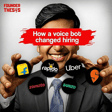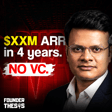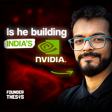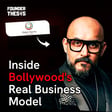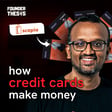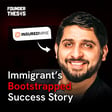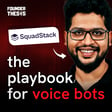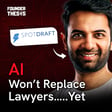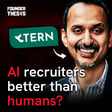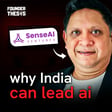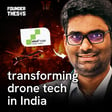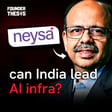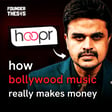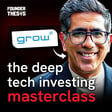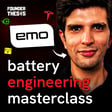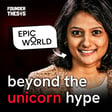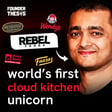
The AI guardian angel of critical care | Mudit Dandwate @ Dozee
Unlike its counterparts in the health-tech realm, Dozee doesn't just stop at powerful software. Equipped with a novel physical product, Dozee is a special technology that uses smart AI to watch over patient’s vital stats 24/7 without any physical contact. In this episode, Mudeet talks about cracking data collection in a data dark space, innovating using AI, perfecting the product, raising capital and future plans.
Get notified about the latest releases and bonus content by subscribing to our newsletter at www.founderthesis.com
Read more about Dozee:-
1.’Made-in-India Technology Dozee to Elevate Patient Safety Standards with RPM & EWS
2.Dozee bets on India's growing home healthcare market with new solution
3.How Dozee harnesses the power of AI for continuous patient monitoring and early warning system.
